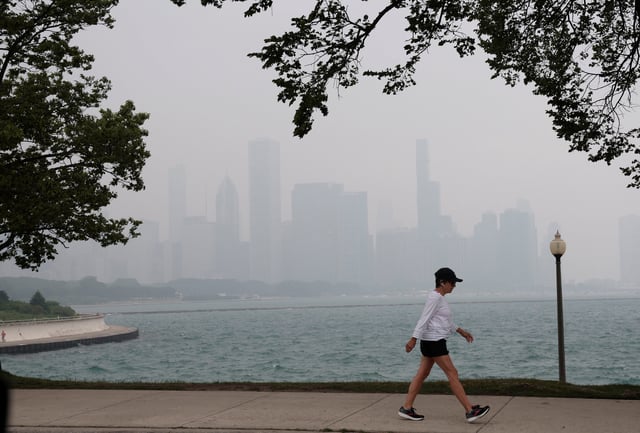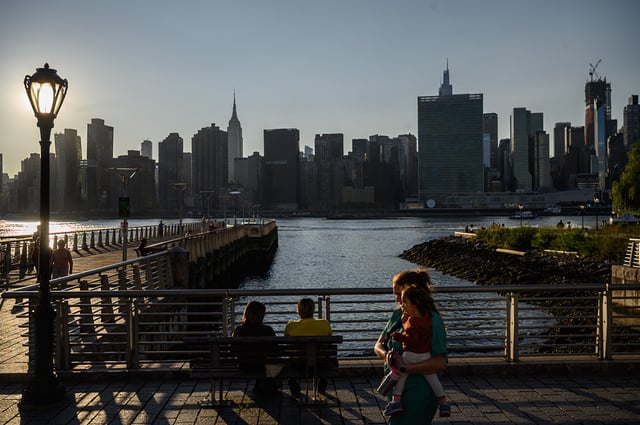Overview
- Air quality alerts remain active across more than a dozen states, with Connecticut, Colorado and Oregon issuing fresh advisories through Thursday due to forecasted pollution spikes.
- Persistent summer heat and stagnant conditions are driving ground-level ozone formation to unhealthy thresholds for children, older adults and those with respiratory or cardiovascular disease.
- Fine particulate matter from record wildfires in Manitoba continues to degrade air quality across the Upper Midwest and Northeast, pushing Air Quality Index readings into the “unhealthy for sensitive groups” and “unhealthy” ranges.
- The National Weather Service, EPA and state environment departments have declared Air Quality Action Days and recommended measures such as avoiding strenuous outdoor activity, reducing vehicle idling and postponing use of gasoline-powered equipment.
- Forecasters say a cold front expected late Thursday should disperse smoke and ozone, leading to significant air quality improvements by Friday.



